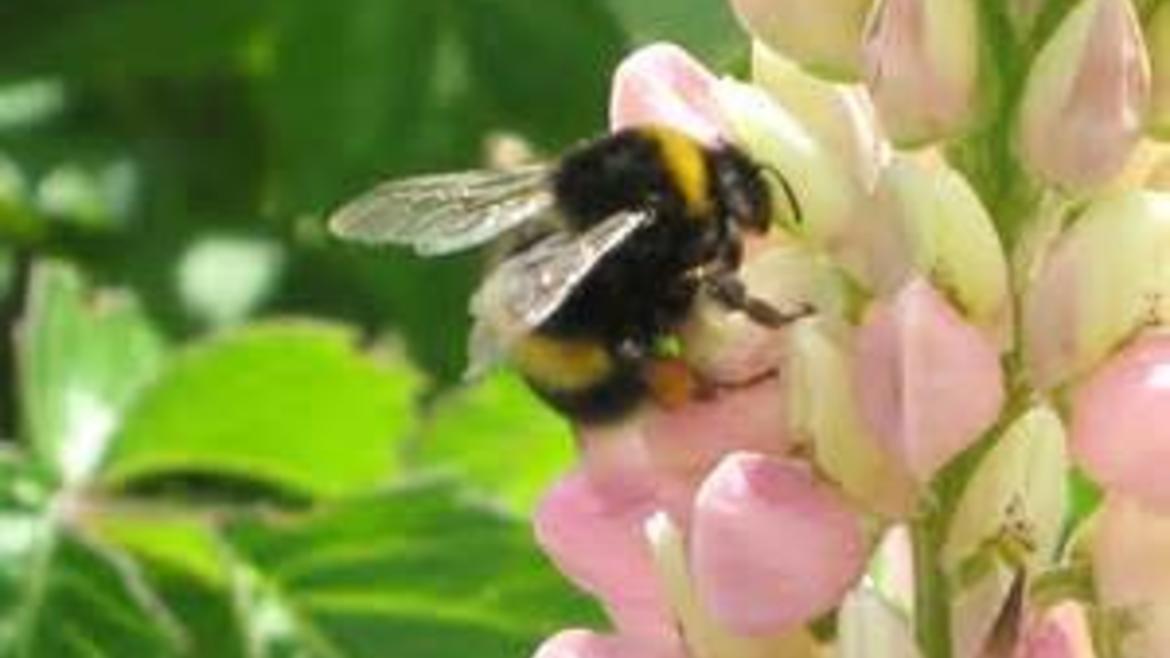
Title: Hiding in plain sight: unveiling cryptic diversity in bumble bees
Abstract: Mexico and Central America are among the most biodiverse regions on Earth, harboring many species with high levels of morphological and genetic diversity. The mountainous topography of this region contains isolated sky island habitats that have the potential to promote speciation. For my dissertation, I investigated geographic patterns of genetic and morphological divergence and speciation among widespread populations of the highly polymorphic bumble bee Bombus ephippiatus and its closest relative B. wilmattae. I found complex patterns of genetic isolation and morphological divergence within B. ephippiatus across its geographic range and present evidence that B. ephippiatus comprises multiple independent evolutionary lineages. The pattern of their diversification corresponds to geographic and environmental isolating mechanisms, including the Mexican highlands, the lowlands of the Isthmus of Tehuantepec in southern Mexico, the Nicaraguan Depression, the patchily distributed volcanic ranges in Nuclear Central America and Pleistocene glacial cycles. These results have important implications for the development of B. ephippiatus as a commercial pollinator in Mexico and Central America. I will also discuss a project I did exploring the evolutionary development of color pattern in bumble bees worldwide.